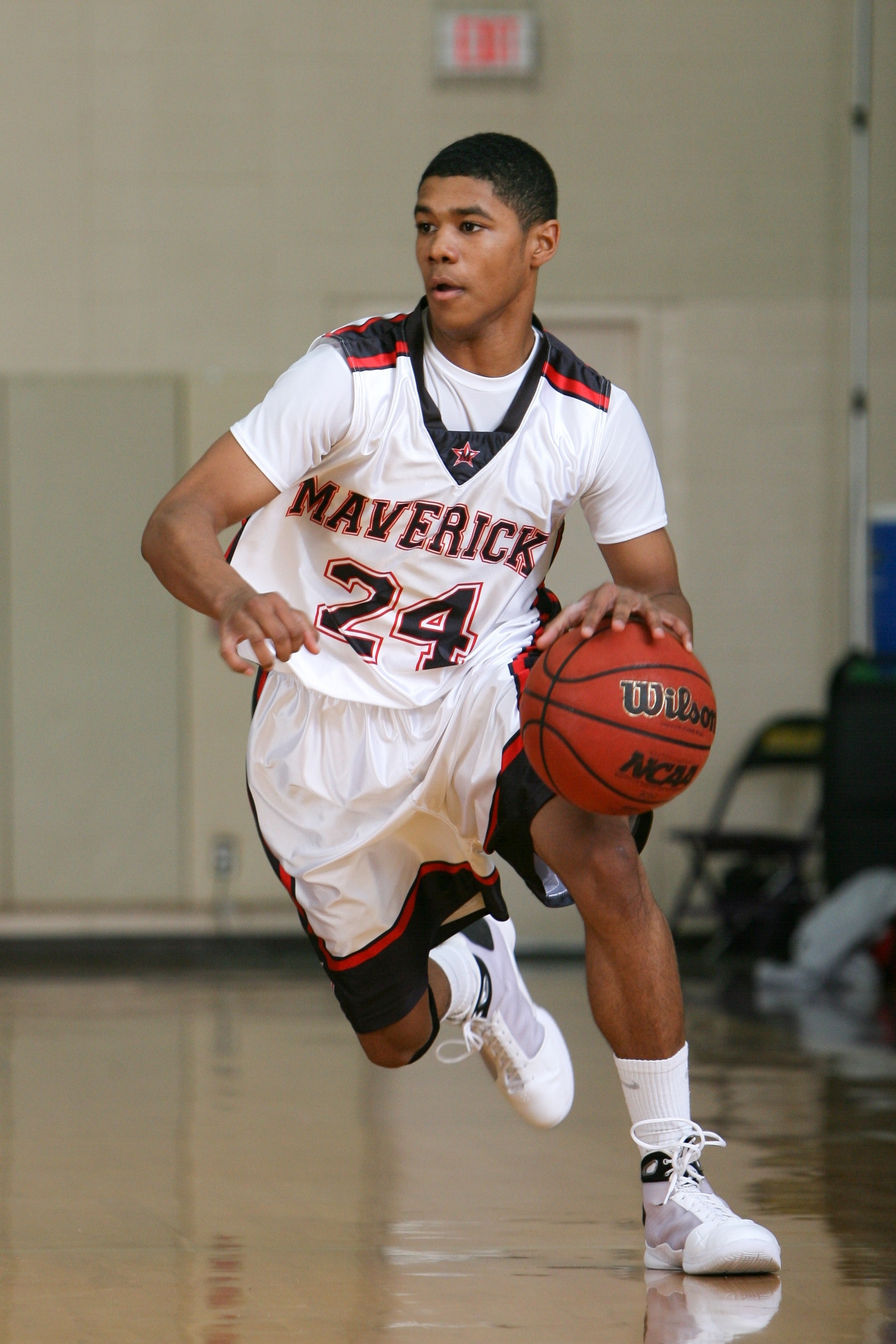ACL injuries continue to rise among our high school and collegiate athletes. In particular, among female athletes who are 6-8 times more likely to injure their ACL compared to a male in the same sport. The vast majority of these athletes will elect to undergo surgical repair of their injured ligaments, but current research suggests many athletes can cope and adapt to a ACL deficient knee after a comprehensive Physical Therapy program. This research indicates individuals treated both surgically or conservatively with Physical Therapy reach equivocal functional outcomes at long term follow up.
A recent research article in the American Journal of Sports Medicine compared functional outcomes among 105 athletes status post ACL rupture (Wellsandt et al. 2018). Each athlete was tested for strength, agility, jumping ability, and propriopception, as well as, subjectively evaluated for current symptoms and activity level. At 5 year follow up, no differences were found between the surgical and Physical Therapy groups on pain, strength, functional performance, activity level, quality of life, or presence of knee arthritis. Authors reported athletes treated surgically subjectively reported greater global ratings of knee function and less fear compared to their conservatively treated peers.
This study adds to our existing research indicating successful outcomes can be achieved with non operative treatment of ACL ruptures. Further research is needed to better identify patients who require surgical vs. physical therapy interventions.

